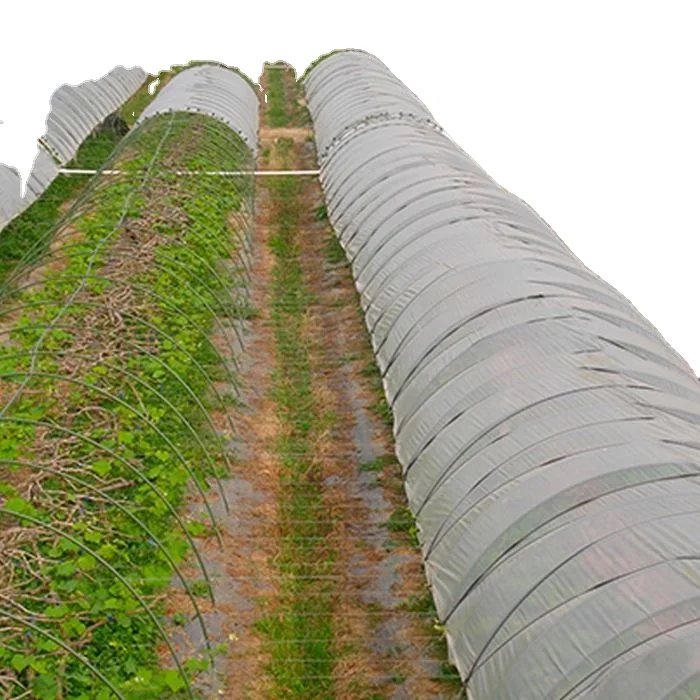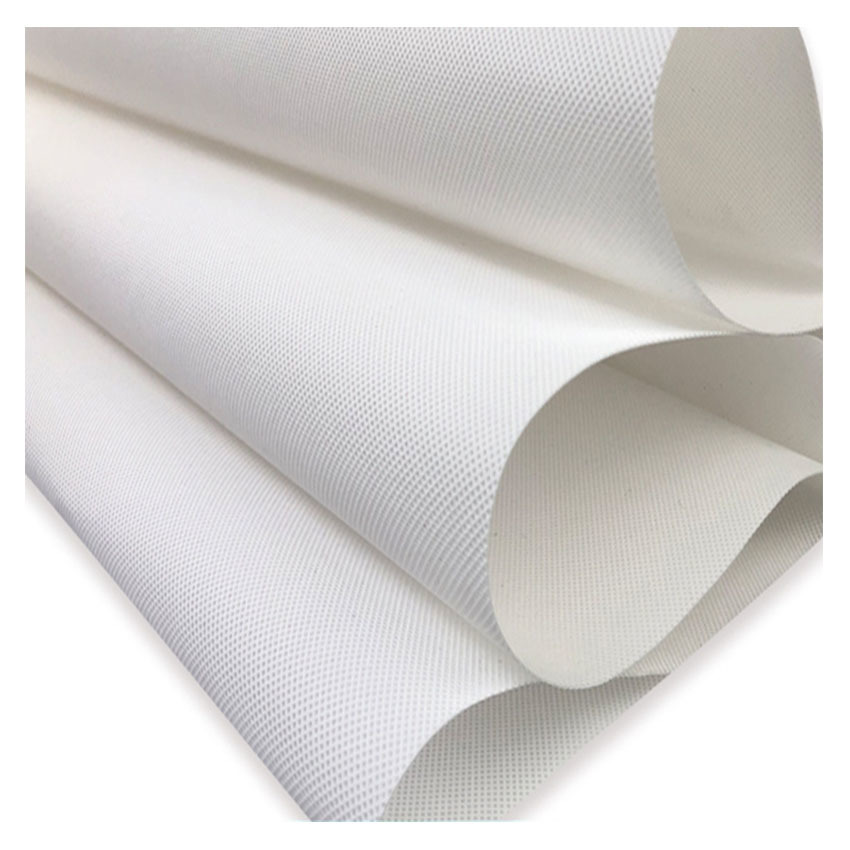
Non-Woven Industrial Development It is lighter than plastic cloth and offers more airflow. It is commonly used in medical and hygiene products such as sanitary napkins and facial towels. Later it was incorporated into engineering to it. Non-woven fabrics are used in the production of vegetable products to guard against damage from cold. Although the production of non-woven fabrics is more complex than the production of plastic film, the fundamental raw materials are essentially the same. It includes PE (polyvinylchloride), EVA(Ethylene Vinyl Acetate Copolymer) EVA/polyethylene, as well as PVA/polyvinyl ether. The typical plastic film is formed into a thin film melting the plastic before inflating it. The film is continuous, and the material can extend to infinity. The film does not have pores. It is a completely inert film that prevents the flow and exchange of any molecules across the film. After the growth of the textile sector synthetic chemical fibers made of the mentioned ingredients were the latest fads in the business of textiles. But basically the chemical fibers are still made into cloth through traditional weft and warp weaving. Non-woven materials are created by interlocking fibers on the same plane, at different angles in all directions, instead of using traditional methods of warp and weft. It has better material properties than traditional woven fabrics. The production process can be finished from raw materials to final products in a single step. This eliminates the drawing process and allows for less production costs. In recent years, non-woven fabrics were extensively used in the clothing sector. In recent years, due to the advancement of material science and the development of manufacturing technology non-woven materials have become more varied and are used more and more widely. You will find a variety of different items and materials everywhere you go in your day-to-day life. The growing use of non-woven textiles in agriculture is due to their lightweight, simple production, low cost as well as their diversity and variety of uses. Look at this non woven landscape fabric for recommendations.

Non-woven Fabrics in Agriculture. Non-woven fabrics were first introduced to agriculture in Europe in 1978. They can be used to keep carrots warm in the beginning of harvesting, and to shield against whiteflies and tomato leaf viruses. Non-woven fabric is used in the United States for the mulching and protection of sweet peppers, tomatoes. carrots, root vegetables such as carrots. Radishes. cabbage. lettuce. They are used to preserve heat, for early harvesting and pest control. Non-wovens can be used to cover grass-proof mats and improve the soil's temperature. To ensure that roots completely absorb water, the short fibers can also be used to make blankets that are water-absorbing. They could also be used as the base layer for the production of turf, or used directly as garden grassland for moisturizing, draining, and even dividing the garden. They can also be used as planters to protect large woody plants, such as fruit trees or garden trees, and retain the moisture. Non-woven fabrics are also utilized in Taiwan to cover crops. They are also widely used to control the environment of huge greenhouses to reduce energy consumption. Double-layered canopy curtains and cover cut down on heat radiation and solar radiation at nights. TAVIK fabrics are non-woven, spun-bonded non-woven TAVIK fabric with high densities were initially used to shade and protect the cauliflower bulbs. It was quickly adopted by farmers due to its low thermal conductivity as well as shading capability. Later, it was gradually used for the preservation of heat and pest-proofing of leafy vegetables as well as to the preservation of heat and shade and cultivation of pineapples and fruit trees. Because of Taiwan's unique ecosystem and climate, non-woven industry development has been slow. Taiwan's nonwoven fabric manufacturers continue to innovate in nonwoven technology. This includes air permeability, water absorption, and water repellency. It is used to preserve and store agricultural products. See this agriculture non woven fabric manufacturer for more info.
